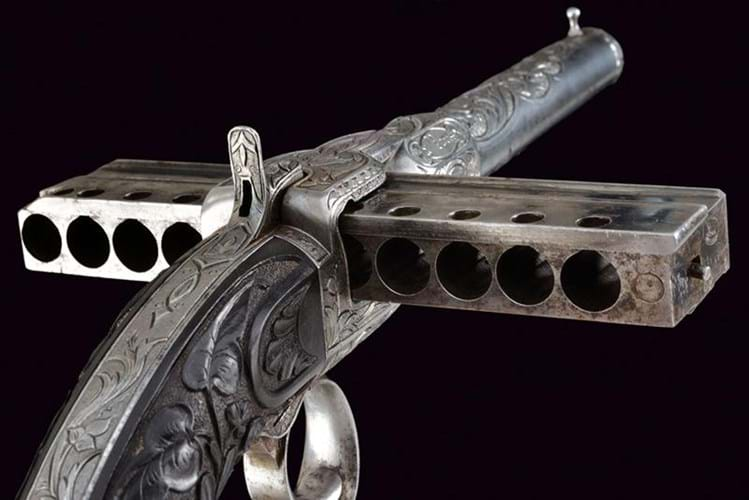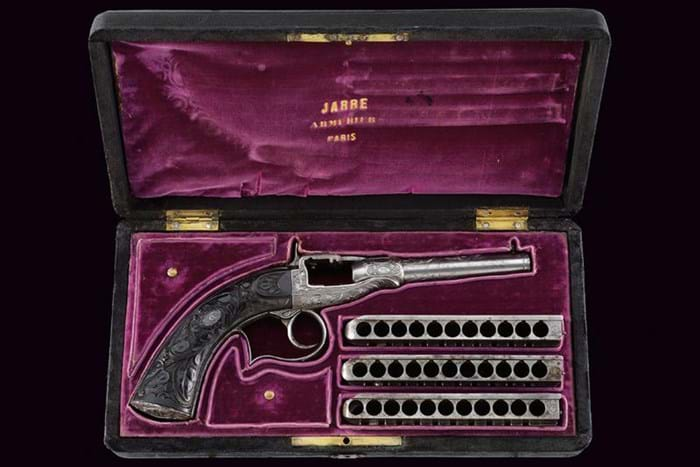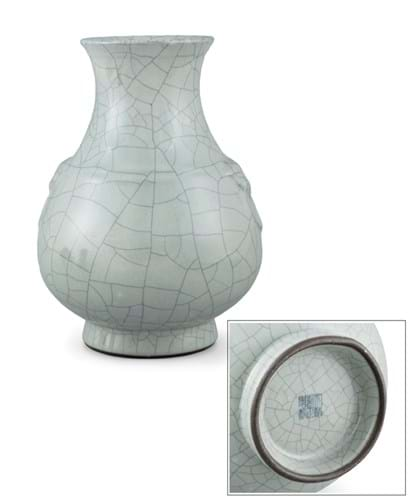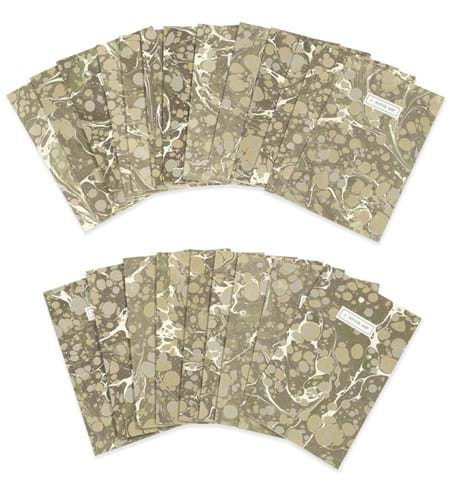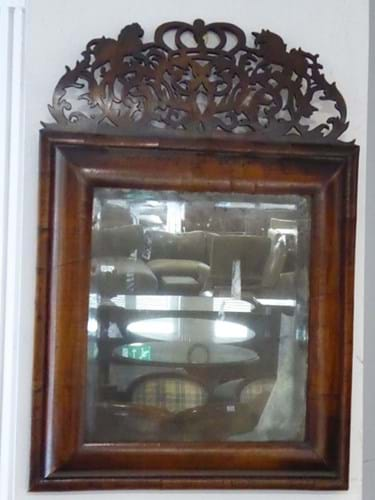1. ‘Harmonica’ pistol from 1860s – €19,000
First developed in the 1850s in Paris, the J Jarre & Co ‘harmonica’ pistol is loaded via a horizontal block pre-loaded with pinfire cartridges.
When the pistol is cocked it automatically advances between 10 chambers. It had its flaws (notably it had poor balance and could not be carried like a standard six-shooter) but for a short epoch it represented a significant increase in repeating firepower.
Jarre received various patents for harmonica pistols between 1859-1862.
This rare gun, offered by Italian arms and armour specialists Czerny in Sarzana, Italy on June 25, is a second type from c.1860-70. Made at a time when primer loaded centre-fire cartridges were making way for more efficient repeating pistol designs, it includes a number of modifications and several decorative flourishes to both the frame and the butt.
Signed to both sides of the lock, it also comes in its morocco leather case with gilt inscribed purple velvet lining and compartments for three magazines. The survival of the case and these spare magazines (two with original bluing) was a particularly rare feature instrumental in the hammer price of €19,000 (£17,300) – some distance above the estimate of €2500-4500.
2. Guan ware vase – €365,000
The Asian art sale at Adam’s in Dublin on June 29 was topped by an unexpected bid for this guan type porcelain vase or hu.
Guan ware is one of the five famous wares of the Song dynasty – a high-status stoneware with a surface decoration that relied heavily on being randomly crazed by a network of lines in the glaze. It was much imitated in future epochs, particularly in the Qing period when, alongside other Song style wares, it was reproduced both to display technical excellence and as an honorific exercise.
This 10in (25cm) vase carries a six character reign mark to the base for the emperor Yongzheng (1722-35). The auctioneers did not deem it of the period but several bidder clearly did. Estimated at €300-500, it hammered at €365,000 (£331,800) – a price akin to sums bid in recent years for Yongzheng period copies of Song wares.
Last year Durrow auction house Sheppard’s sold a ‘double-dragon’ form vase with a Yongzheng mark and a bluish-green glaze harking back to the Longquan celadon wares of the Song for €1.2m (£1.1m) – a record for Chinese art in Ireland. It was related to a vase sold at Christie’s Hong Kong in 2017 for HK$124m (£12.4m) – a record for any Chinese monochrome.
3. First edition copies of Sylvia Plath poem – £22,000
This group lot, included in Bonhams’ Fine Books and Manuscripts sale in London on June 24, comprised roughly one third of all the first edition copies printed of A Winter Ship by Sylvia Plath.
Retained by her family since publication, the 22 of perhaps 60 copies of Plath’s first separately printed poem sold at £22,000 (estimate £8000-12,000) – or £1000 each.
Alan Anderson, the owner of the Tragara Press in Edinburgh, recalled that Plath had been extremely pleased with the results of the printing, writing to him on July 23, 1960: ‘The pamphlets are absolutely beautiful. Ted and I are delighted with them, and especially with the handsome way you make up your covered booklets’.
The poem was printed at Anderson’s expense, with the entire print run sent to Ted Hughes and Plath who, writing to her mother on December 14, 1960, mentioned she had been sending Christmas cards ‘and in many enclosed my poem about a Winter Ship’.
4. William & Mary mirror – £8600
The vast majority of cushion moulded mirrors from the late 17th century have lost their original cresting, that were both flamboyant and fragile. This William & Mary example, however, offered by Taylor & Fletcher in Bourton-on-the-Water on June 24, is complete.
It retains the pierced pediment of a crown flanked by opposing lion and unicorn that takes it to 2ft 7in (78cm) high and the glass too is probably an original ‘Vauxhall’ plate. According to diarist John Evelyn (1620-1706) the glass made in an area just north of Vauxhall Gardens in the late 17th century was quite exceptional: ”They make huge vases of metal, as clear, thick and ponderous as crystal, also looking-glasses far finer and larger than any that came from Venice” .
Despite some condition issues (notably the cresting is bowed), with a guide of £400-600, it took £8600.
5. Tattooist’s poster – £1550
Thomas Riley was one of the few professional tattooists of the Victorian and Edwardian era with patrons among international royalty and the aristocracy. He was a key figure in the changing perception of tattoos from ‘sailor’s marks’ to ‘body art’.
Riley showcased his talents at a number of London venues including the Royal Aquarium, the famed amusement hall in Westminster. He began his run there as ‘Professor T Riley’ in 1896 accompanied by the tattooed marvel Miss Flo Riley.
This poster pictures her under the legend ‘The Living Picture Gallery’ and says ‘Miss Flo Riley explains the designs tattooed upon her and relates how and when she came to be tattooed’.
Ephemera from this period related to tattoos is both scarce and collectable. This poster, offered for sale as art of a Stride & Son books sale in Chichester on June 24, was guided at £40-60 but sold at £1550.


